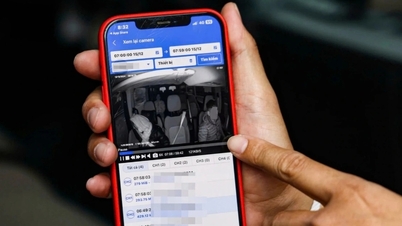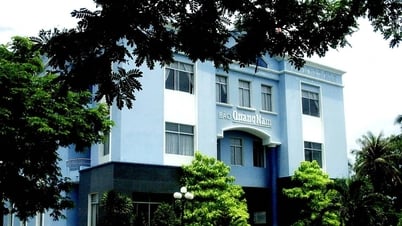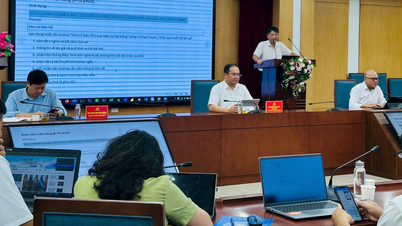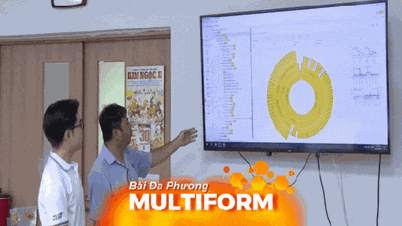
On May 4, the Department of Transport of Da Nang City said that it had just sent a document to the police, the Department of Transport of provinces and centrally-run cities, automobile transport business units, bus station management and operation... regarding the strengthening of inspection and handling of vehicles violating the law of not transmitting data on GSHT devices and exceeding working hours during the day.
According to the Department of Transport of Da Nang City, through the results of extracting data from GSHT devices of transport business vehicles in the city in the first quarter of 2024, many vehicles were found to have violated working hours during the day and driving time, and did not transmit data to the software of the Vietnam Road Administration.
Specifically, in January, there were 9,406 commercial transport vehicles that did not transmit GSHT device data to the Vietnam Road Administration, in February there were 10,428 vehicles and in March there were 11,801 vehicles.
The number of vehicles violating working hours and driving time in the first quarter of 2024 was also more than 20,000. Of which, in January, 6,030 vehicles exceeded 4 hours, even 10 hours; in February, 7,383 vehicles; and in March, 6,119 vehicles.
The Department of Transport of Da Nang City requested the police and the Department of Transport of provinces and centrally-run cities to coordinate and direct functional forces to increase patrols, inspect vehicles and handle violations.
The Department of Transport of Da Nang City also assigned the Department Inspectorate to coordinate with functional forces to strictly handle violating vehicles, requesting that motor vehicle inspection centers not issue inspection certificates for motor vehicles if the GSHT device, camera (for vehicles that must be installed) is not working or there is no transmission signal. It must be ensured that all vehicles that are granted certificates meet technical safety and environmental protection standards.
For passenger cars, it is necessary to strengthen inspection of luggage compartments and passenger compartments to detect and prevent car owners from arbitrarily modifying, connecting, or installing additional equipment that is not in accordance with the manufacturer's design or the modified design approved by the competent authority.
Source




![[Photo] Binh Trieu 1 Bridge has been completed, raised by 1.1m, and will open to traffic at the end of November.](https://vphoto.vietnam.vn/thumb/1200x675/vietnam/resource/IMAGE/2025/10/2/a6549e2a3b5848a1ba76a1ded6141fae)


































































































Comment (0)